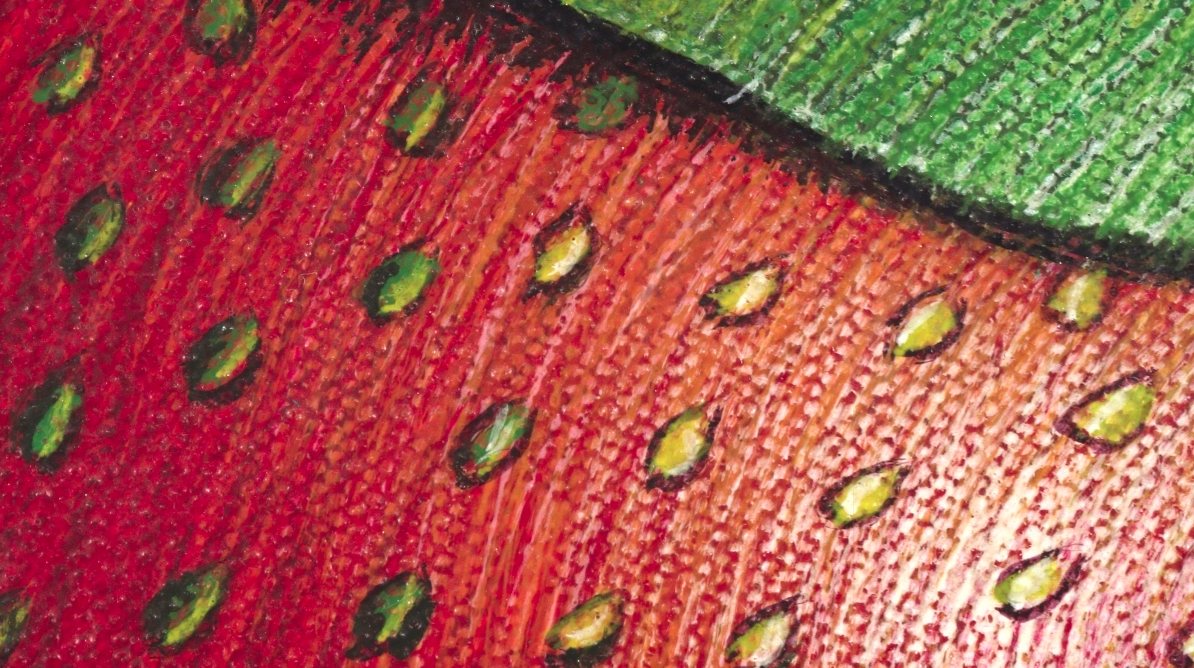Virtual travel: Museum edition
pencil marks—seen!
Plane ticket and Austrian schnitzel eating not required to get close to Klimt’s sketch
Nine Cartoons for the Execution of a Frieze for the Dining Room of Stoclet House in Brussels: Part 2, Expectation (Dancer); Museum of Applied Arts, Vienna, Austria; Gustav Klimt 1910
Experiencing destinations on a screen is nothing new. From as far back as 1989’s “Honey, I shrunk the audience” 4D theater ride at Universal Studios to Manhattan’s VRWorld using Oculus Rift and Google Earth, we understand how technology is augmenting our experiences. A brilliant idea to connect even the simplest additions to bring the outside world in. Industrial-sized fans blowing at you while watching PSA propaganda on helicopters servicing war-torn Middle East or skinny seats tilting forward as you view onscreen the perspective of a cliff-jumping paraglider. If I can’t get there, help me fake it with added sensations.
While this is the best we can do—for now—it feels contrived and gamey. If I want adventure, I’ll research the nature that is not far from my front door. It’s not the Grand Canyon or the Great Barrier Reef, but hiking Harriman State Park is fresh with warm sunshine, hungry mosquitoes and at the end, sore quads.
Food is something you can strive for to transport you. Those sensations can be replicated with some precision if the ingredients are of the same quality and authentic preparation has been mastered. You won’t hear nearby foreign languages or the smells, but you can get pretty close to a country through its meal prep.
The one thing that has a hard time with replicating experiences is art. Museums are filled with the original artwork you only read about in school or college. Learning the history of a piece or contemplating its composition and subject matter introduces and enlightens you, which is fascinating. Fulfills needs you didn’t realized needed addressing. Rarely mentioned, unless a restorer or one interested in art preservation, is the aging of the materials used. The crackle of Van Eyck’s paint after 400 years. The faint pencil marks by Klimt while exploring shapes on a work commissioned to be specifically in the Wiener Werkstätte style—so faint it is impossible to see without being there. Perhaps that redirection of line is indicative of the pressure to keep within those style parameters. (Always follow the brand guidelines! ; )
Today’s research led me to Google Art + Culture. The logo passed by me a few times while traveling this summer, but phone battery, shaky connectivity and impatient excitement of physically being near the art didn’t put learning more at the top of my list. Now, however, wow! So incredible to be able to zoom in—way in—on an artwork. Unlike the images from the original and updated Google car, not every artwork has been captured by The Eyes of Google, and if there were more content to view, maybe I’d get better quality for a recent Prado visit. Like standing in front of the real deal and pondering the physics of the paint or jumping into the soul of the painter or alternating near/far distance gaining perspective, this too can be yours. At the office or at the family dining table giving your child a lesson. Even educating your aging parents on the product of a country’s artists they are now too old to visit.
Take that, Museum Security!
Get close without harassment from the guards.
Thanks Google for sharing the world with me. You’re the best (virtual) travel partner.



